Huangshan University
Huangshan University
Huangshan University is located in Anhui province. Huangshan City It is a comprehensive provincial general. Undergraduate Colleges .
Huangshan University, formerly known as the Huizhou normal school, was founded in 1978. In December 1997, it merged with the Huizhou Junior College of University of Science and Technology of China. It was renamed Mount Huangshan higher vocational college. In August 2000, the Anhui Provincial People's Government approved the establishment of the Mount Huangshan Forestry School into the Mount Huangshan higher vocational school. In February 2002, it was approved by the Ministry of education and upgraded to Huangshan University. In 2014, Huangshan University was approved for construction. Anhui higher education revitalization program Local applied high level university projects and countries Excellent agricultural and forestry talents education and training plan Project.
As of September 2018, the school covers an area of 1800 mu, of which the school building area is 527 thousand and 200 square meters, and the total value of teaching equipment is 274 million yuan, with 999 students in the school, 18556 full-time students, 16 two schools and 55 undergraduate majors.
Historical evolution
In 1965, Anhui Tunxi normal school was founded, mainly responsible for training primary school teachers. Kindergarten The tasks of teachers and rotational education administrative cadres.
In 1970, the school was renamed Huizhou normal school.
In March 1978, Anhui Provincial People's Government Approved by the Huizhou normal school.
On the basis of this, the Huizhou normal university class of Anhui Labor University was founded. It formally undertook the enrollment task of higher education institutions, and the educational system was two years.
September 1979, renamed Anhwei Normal University Huizhou junior college.
In May 1980, The State Council Approved to Huizhou normal college, the Provincial Normal University, the school system for three years, the size of students in the provisional 1200, to cultivate junior high school teachers as the main task.
In December 1997, it was founded in October 1986. University of Science & Technology China Huizhou junior college merged with Huizhou normal school. Mount Huangshan College .
In September 2000, Mount Huangshan forestry school, founded in October 1958, was incorporated into Mount Huangshan higher vocational college.
In February 2002, the name of the Mount Huangshan college was changed to Huangshan University.
academic research
scientific research institution
As of October 2018, there were 1 provincial-level research centers, 1 municipal research centers and 8 school level research institutes.
Provincial research centres (1): Anhui Research Center for simulation design and modern manufacturing engineering technology
Municipal Research Center (1): Huangshan City local tourism research center
School Research Institute (8): Institute of photoelectric technology, Institute of biodiversity, Institute of biological resources, Applied Chemistry Institute, Institute of Hui culture, World Heritage Institute, Institute of economic management and Huizhou dialect Institute.
Achievements in scientific research
During 12th Five-Year (2011 to 2015), Huangshan University set up one or two items, 11 items, 117 items in three categories, 165 items in four categories, 141 items in horizontal projects, 10 million yuan in terms of funds, two or three items in provincial science and technology, 1 1 items in the provincial Science and Social Sciences Award and two prize, and other articles in the paper, including articles in the category of patents, and patents in patents.
Academic resources
· Collection resources
As of October 31, 2018, the total amount of literature resources in Huangshan University library amounted to 3 million 911 thousand and 559.
There are 1 million 504 thousand and 8 books, 2 million 407 thousand and 551 e-books, 961 kinds of Chinese periodicals and 69 kinds of newspapers. Featured collection of more than 80000 Huizhou documents, Huizhou local chronicles, genealogy, local ancient books and more than 6000 species, more than 1.4 volumes, ordering, sharing, and self built Chinese and foreign language databases 54, of which 1 are self built special databases, and 1.4 free trial databases.
· Academic journals
" Journal of Huangshan University The main columns in Humanities and social sciences include: "Huizhou cultural studies", "Tourism Studies", "World Heritage Studies", "philosophy and history", "politics and law", "economy and management", "literature, language", "education and teaching" and so on. The main columns of natural science include: "Mathematics", "Information Engineering", "Chemistry", "resources and environment", "computer and network", "architecture", "Sports", "education, teaching" and so on. The journal was awarded the outstanding Journal of Anhui higher education institution and the outstanding national social science journal.
Cultural tradition
School badge
The school emblem is changed from three letters of H, S and U. The H word is composed of two forms with the characteristics of Mount Huangshan Fenglin geology. The tall and straight form symbolizes the spirit of vigorous development of the school, and also represents the educational thought of "ten years of trees and hundred years of people". The whole "H" form is a chime, which implies the spirit of school spirit and the awareness of running a school with one heart and one mind. The S letter runs through the form of H, which symbolizes the spirit of learning "the road is diligent". U changes the 1.5 encircling form, wrapping H and S, symbolizing the school running concept of "inclusive and inclusive".
School motto
The motto of Huangshan University is "teaching people to seek truth and learning to be a real person". This motto is quoted by Tao Xingzhi, an educationalist in 1946, as saying in the article "primary school teachers and democracy movement": "teaching thousands of religions, teaching people to seek truth; learning thousands of studies, learning to be real." Among them, "teaching people to seek truth" means teaching people to pursue truth, understand natural laws, understand social norms, understand themselves, and have a scientific spirit. Learning to be a real person is to learn to be a happy and happy person who follows the laws of nature, social norms and loyalty to himself.
http://www.hsu.edu.cn/
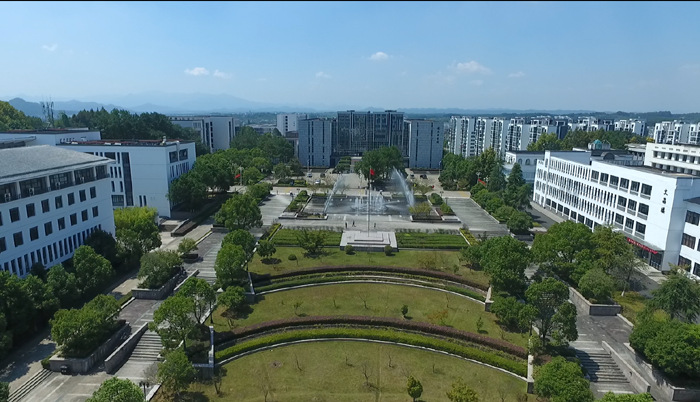
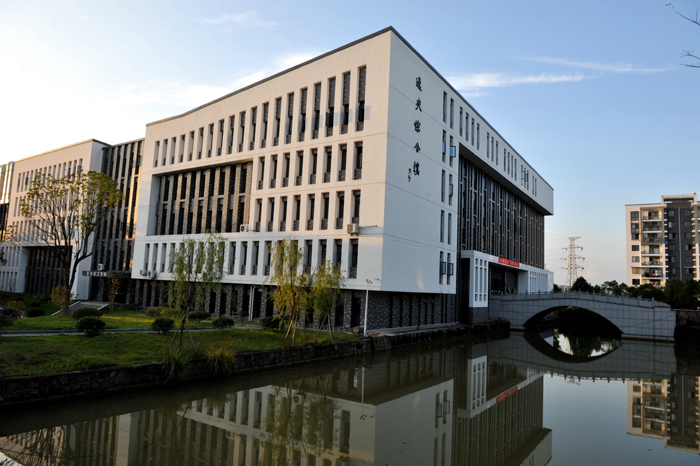



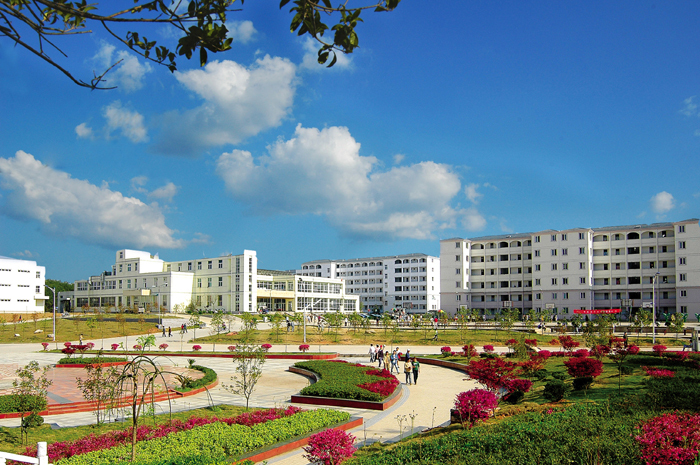
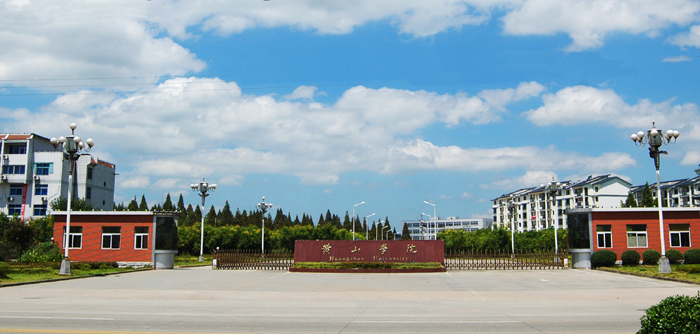

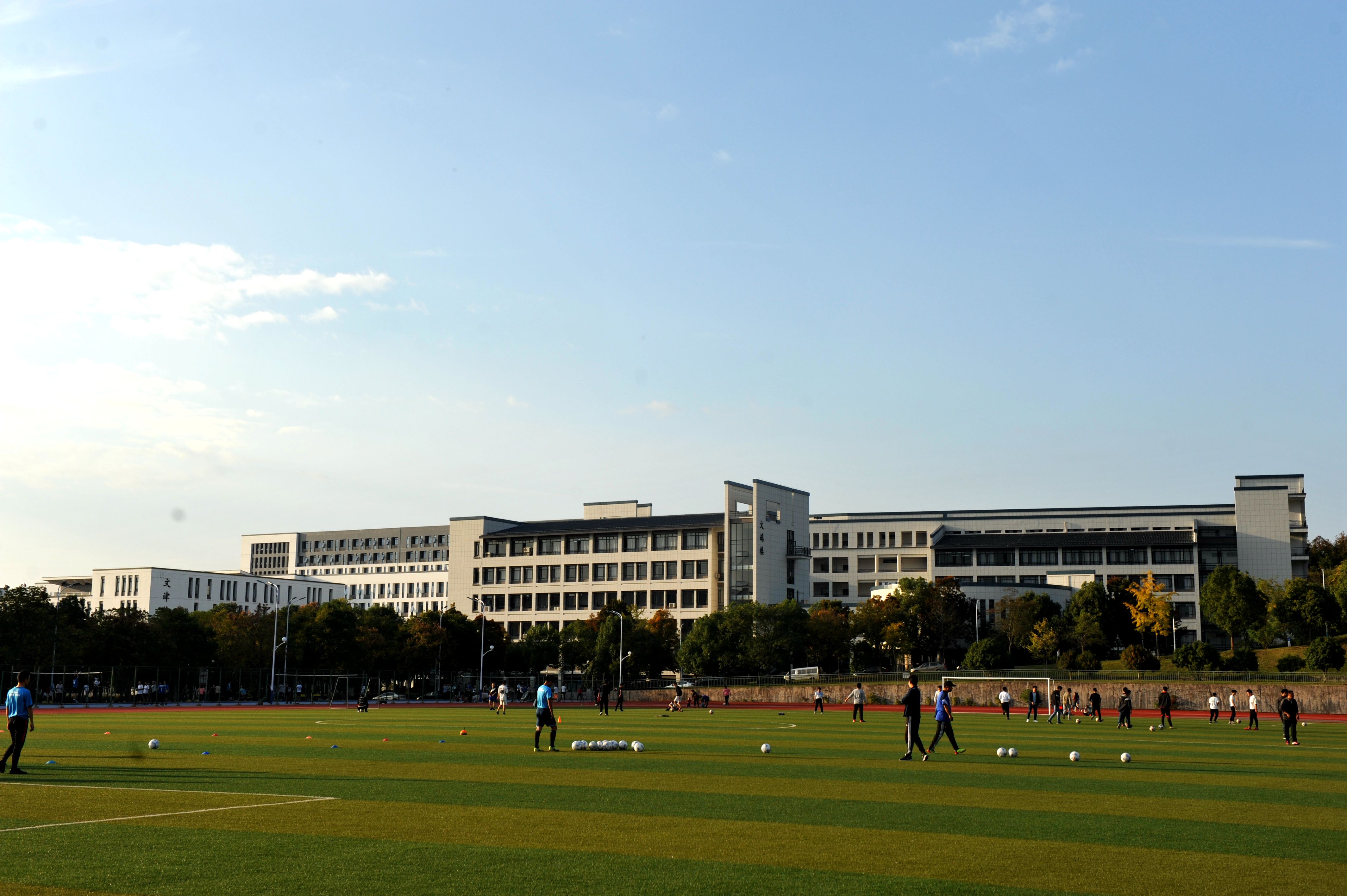

-
1.Baiyang Lake
Baiyang Lake/Anxin Baiyangdian Scenic Area is located in the central part of Hebei Province. Anxin Baiyangdian is the largest inland lake in Hebei Province
Time 2018-11-24 -
2.Yunya Temple Scenic Area
Yunya Temple Scenic Area is a comprehensive scenic area, which is represented by the unique Danxia landform on the Loess Plateau, and is composed of abundant forest resources
Time 2018-12-22 -
3.Caozhou Peony Garden
Caozhou Peony Garden is located in Renmin North Road, Peony District, Heze City, Shandong Province. It is the largest and most diverse peony garden in Heze City.
Time 2019-01-04 -
4.Strange slope Scenic Area
Weipo Scenic Spot is located at the foot of Maoshan Mountain in Qingshuitai Town, Xinchengzi District, Shenyang City, Liaoning Province, facing the wilderness, backed by mountains
Time 2019-01-12 -
5.Shanghai Yuehu Sculpture Park
Yuehu Sculpture Park is located in Sheshan National Tourism Resort, Songjiang District, Shanghai. It is built around the lake. It is a sculpture art park which combines natural scenery with modern lan
Time 2019-03-09 -
6.Song Album
"Dongshan Song Book" was introduced from Chaozhou, Guangdong Province, in the Ming Dynasty. Its tunes were constantly changing in the singing of folk singers and gradually assimilated
Time 2019-04-30 -
7.Lishui drum words
Lishui Drum Ci is a popular rap art in Liandu and its surrounding areas in Lishui City, Zhejiang Province. Lishui Drum Ci originated from the Tang Dynasty. During the reign of Emperor Li Shimin, it wa
Time 2019-05-13 -
8.Mongolian Sawurden
Mongolian Sawurden, Xinjiang Uygur Autonomous Region and Jingxian traditional dance, one of the national intangible cultural heritage.
Time 2019-06-04 -
9.Shulaibao
Shulaibao, a traditional Chinese folk art. Popular in northern China, the source is a means for beggars to ask for money. One or two people sing. Beat with a bamboo board or with a copper bell attache
Time 2019-06-15 -
10.Qixian Lake
Qixian lake water resort is located in Fuxing Town, Gaoxian County, more than 40 kilometers away from Yibin City. It is the largest mountain water storage Lake in Yibin City, with a water area of 2632 Mu and a total area of more than 50 square kilometers. It was listed as a regional scenic spot in 1988 and approved as the first batch of provincial wetland park by Sichuan Provincial People's Government in 2008.
Time 2020-10-16 -
11.Natural resources of Panzhihua
Panzhihua is rich in hydropower resources, with theoretical reserves of more than 6.879 million kilowatts and exploitable capacity of 5.994 million kilowatts. The distribution of hydropower resources in Panzhihua area is concentrated, mainly distributed in the Jinsha River and Yalong River, as well as the tributaries of Anning River, Yongxing River and Tengqiao river.
Time 2020-12-14 -
12.Guangyuan history and culture
"Guangyuan daughter's day, women swim in the river bay", this is a kind of folk cultural activities, this is the chapter described by Guangyuan daughter's day. On the first daughter's day in 1988, the water area of Jialing River in front of huangze temple was
Time 2020-12-15